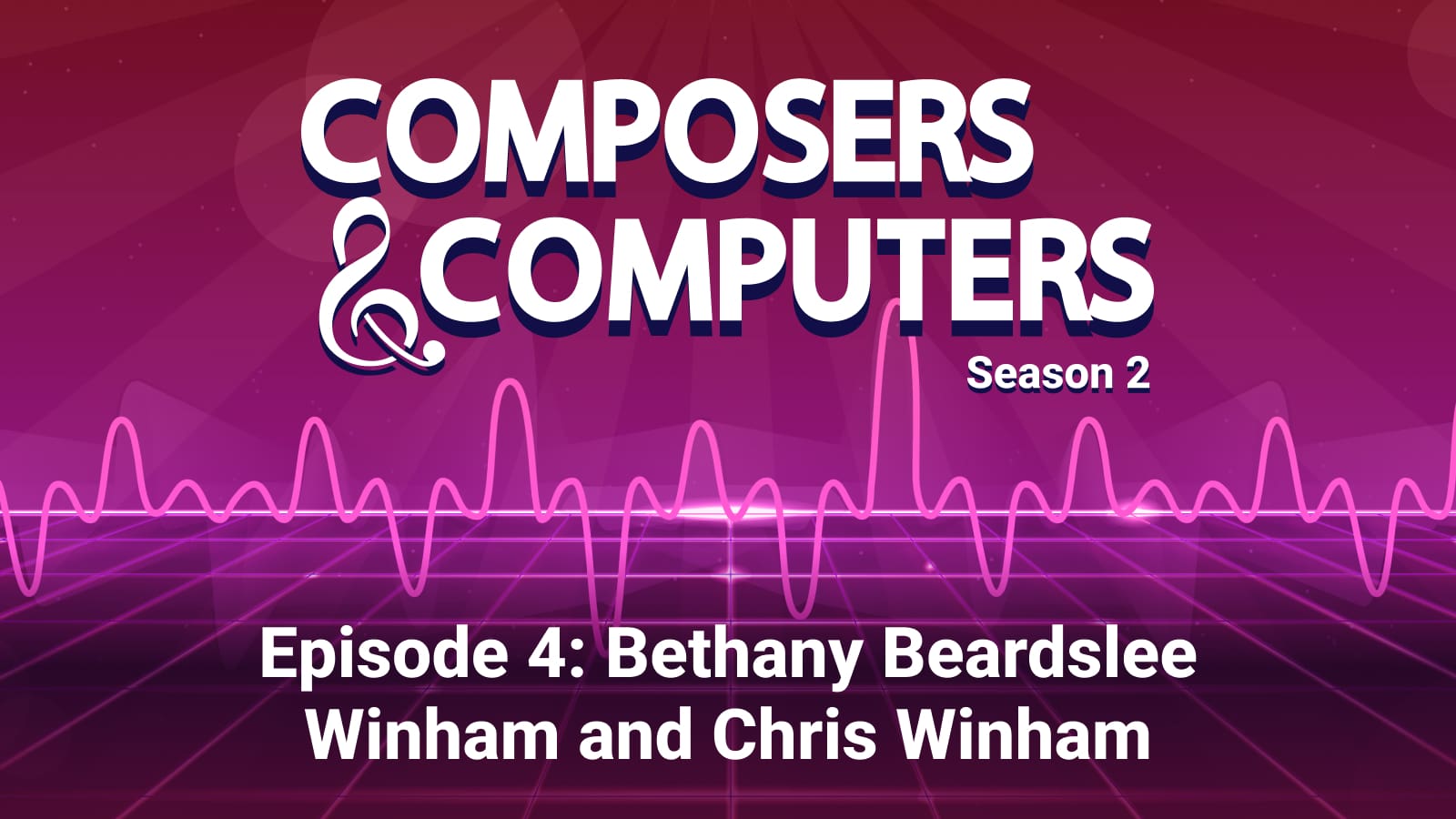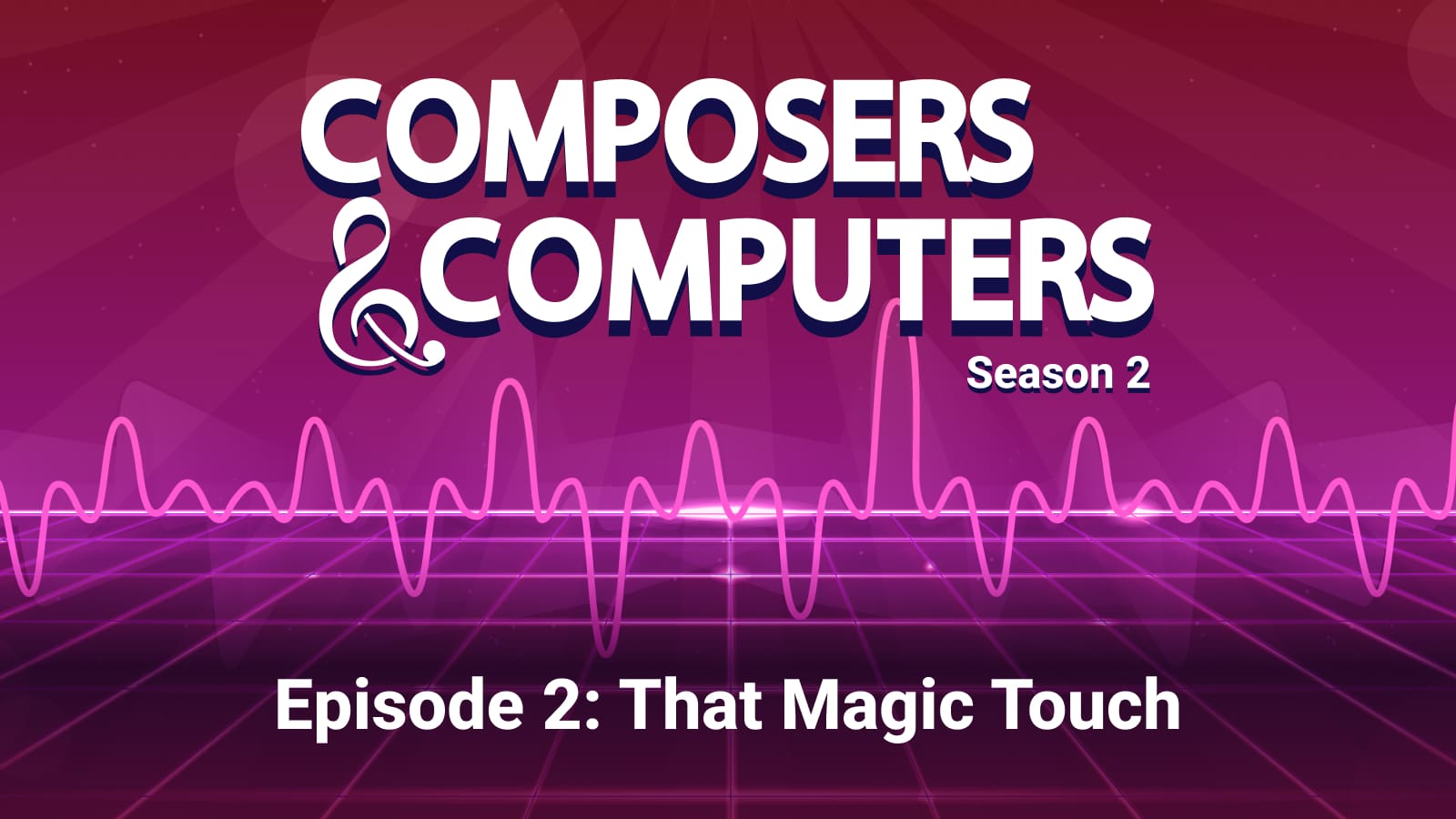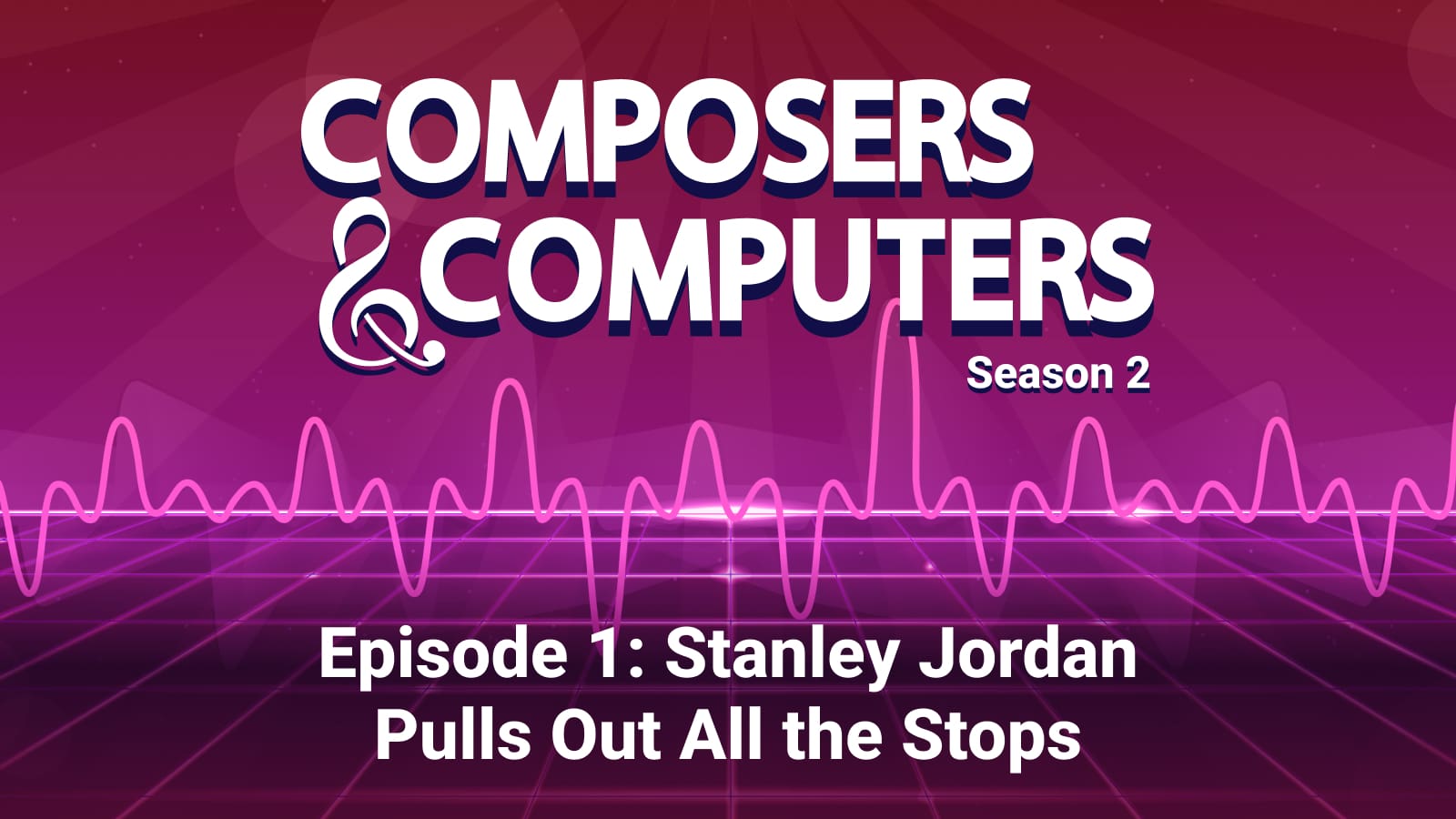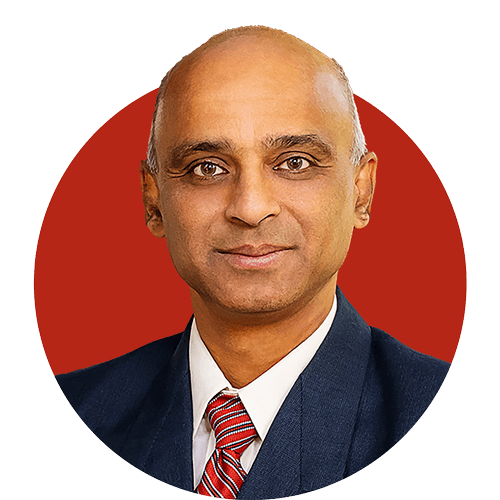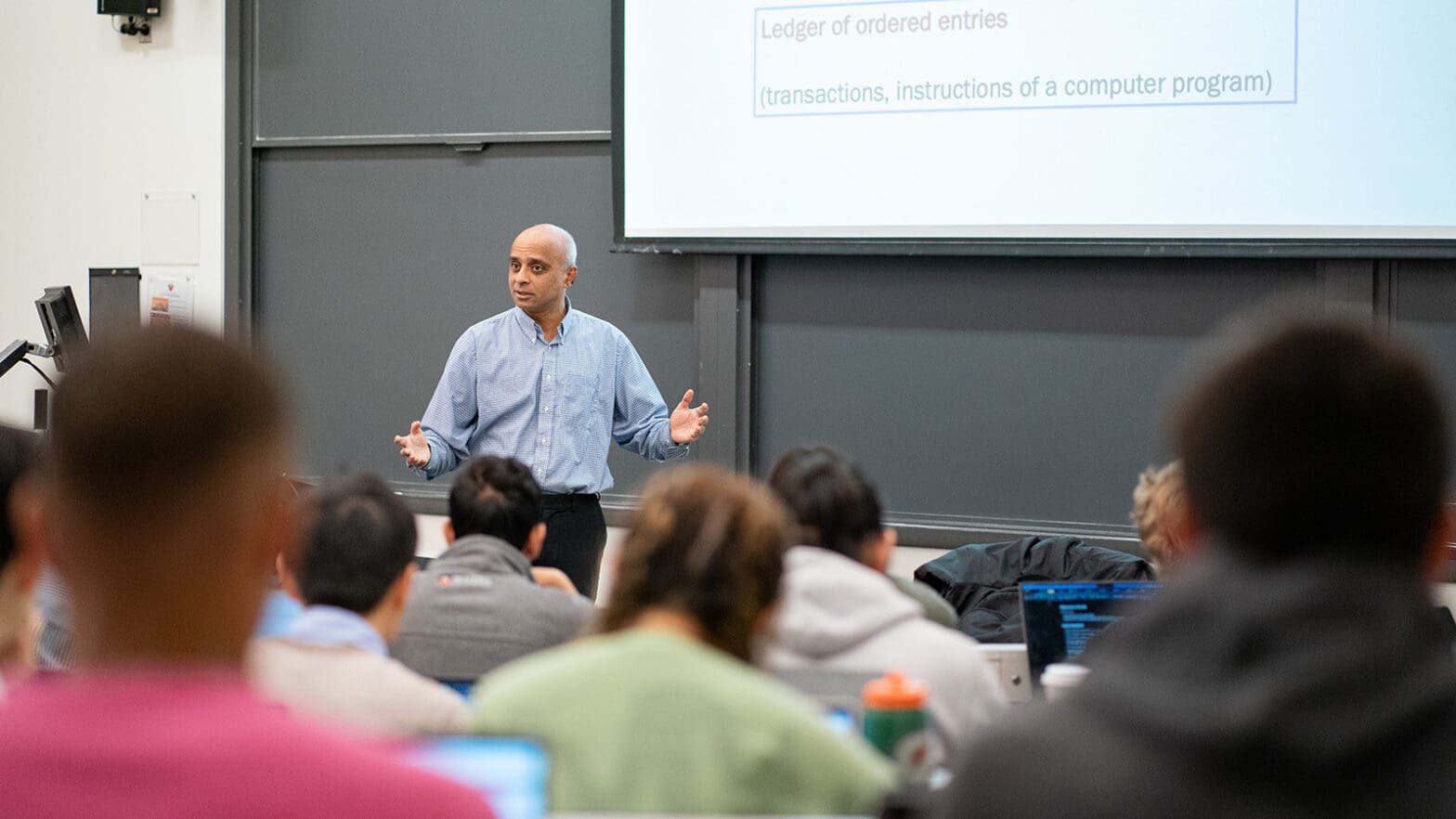
Blockchains make a revolutionary promise, but it may take longer than you think
By
on
This article is from the Blockchain: Promise and Pitfalls issue of Equad News magazine.
Not a coincidence, according to Pramod Viswanath, the Forrest G. Hamrick Professor in Engineering and member of the DeCenter steering committee. Fundamentally, he said, blockchains are about trust.
They are decentralized digital trust platforms, engines for validating events and transactions without relying on central authorities. And because they offer a new way for people to establish trust, Viswanath said blockchains have enormous long-term potential to reorder social structures.
As a technology, blockchains create a chain of ledgers secured through cryptographic techniques. Viswanath said the genius of blockchain is that it natively interweaves economics into those ledgers.
His research probes the technology’s core principles, the tool kit that allows engineers to design efficient, secure and de-centralized blockchains. Over the past few years, researchers have developed a mature understanding of each tool in that tool kit. And Viswanath is teaching the subject to undergraduates in a class called “Principles of Blockchains,” a senior-level course that conducts a full-stack study of the blockchain as a distributed computer system that integrates networking, incentives, consensus, data structures, cryptography and memory management.
“I tell them there’s one class where you see all of computer science. In a few thousand lines, in a few weeks, you’ve summarized data structures, operating systems, memory management, cryptography and interactive protocols. And along the way you’ve really understood bitcoin because you’ve built the client yourself.”
He’s also teaching a course called “Elements of Decentralized Finance,” or DeFi. The course is lab-based, offering students a hands-on programming feel for the key elements of DeFi on a major public blockchain platform.
Viswanath said that the perils of blockchain are relatively short-term compared to their long-term benefits. “The fact that blockchains are so open, so programmable and so composable,” he said, “makes them so that anyone can create any kind of financial application anywhere, anytime. This makes them vulnerable to actors with less than respectable intentions. The promise, on the other hand, is much broader. Developing new forms of trust and reorganizing human societies operates at a longer time scale. The promise is much more in the future.”
